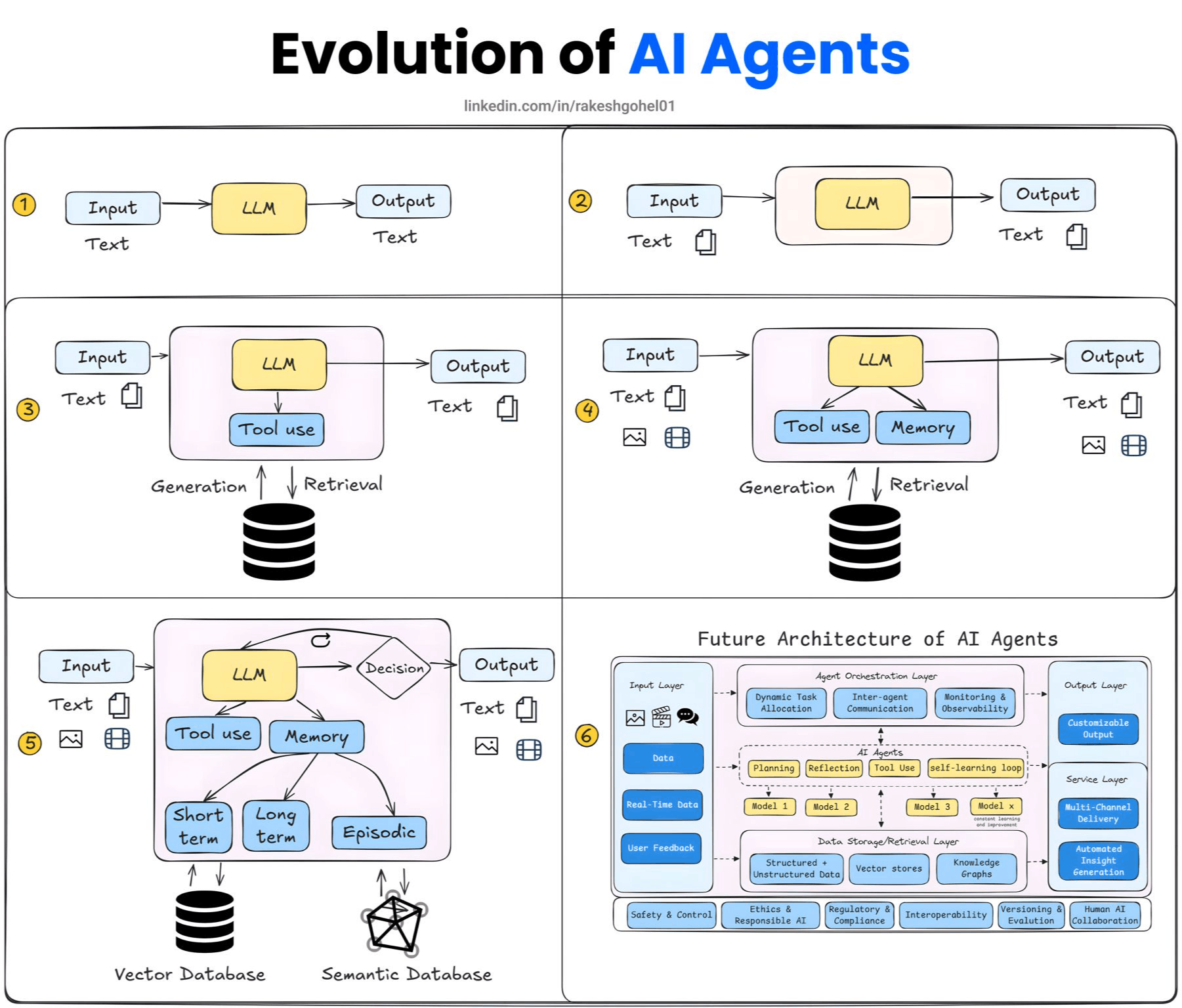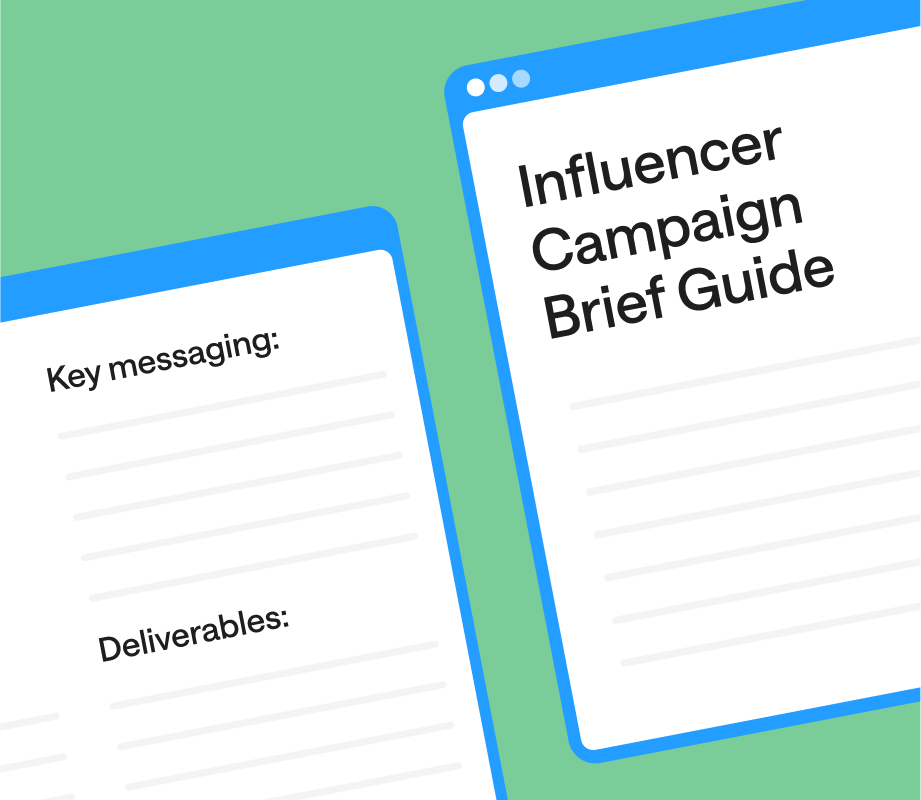When I first started building AI agents, I made the same mistake most people do: I focused on getting a flashy demo instead of building something that could actually survive in production.
It worked fine at first. The prototype looked smart, responded fast, and used the latest open-source libraries. But the minute it hit a real user environment, things fell apart.
Bugs popped up in edge cases. The agent struggled with reliability. Logging was an afterthought. And scaling? Forget it. I realized I hadn’t built a real system — I’d built a toy.
After a few painful rebuilds (and more than one weekend lost to debugging spaghetti prompts), I finally locked in a reliable approach. A 5-step roadmap that takes your agent from development hell to a scalable, production-ready system.
Whether you’re a solo builder or deploying AI at scale inside a team, this is the approach I wish someone had handed me on day one.
Table Of Contents
- Step 1: Master Python for Production AI
- Step 2: Make Your Agent Stable and Reliable
- Step 3: Go Deep on RAG
- Step 4: Define a Robust Agent Architecture
- Step 5: Monitor, Learn, and Improve in Production
Step 1: Master Python for Production AI
If you skip the foundations, everything else crumbles later. Before worrying about agents or LLMs, you need to nail the basics of Python. Here’s what that means:
- FastAPI: This is how your agent talks to the world. Build lightweight, secure, scalable endpoints that are easy to deploy.
- Async Programming: Agents often wait on APIs or databases. Async helps them do more, faster, without blocking.
- Pydantic: Data going in and out of your agent must be predictable and validated. Pydantic gives you schemas that prevent half your future bugs.
📚 If these tools are new to you, no stress.
Here are some great resources to help you get up to speed:
Skip this, and you’re stuck duct-taping random functions together. Nail it, and you’re ready for serious work.
Step 2: Make Your Agent Stable and Reliable
At this stage, your agent technically “works.” But production doesn’t care about that — it cares about what happens when things don’t work.
You need two things here:
- Logging: This is your X-ray vision. When something breaks (and it will), logs help you see exactly what went wrong and why.
- Testing: Unit tests catch dumb mistakes before they hit prod. Integration tests make sure your tools, prompts, and APIs play nice together. If your agent breaks every time you change a line of code, you’ll never ship confidently.
Put both in place now, or spend double the time later undoing chaos.
📚 If you’re not sure where to start, these guides will help:
Step 3: Go Deep on RAG
Agents without access to reliable knowledge do little more than echo learned patterns. RAG turns your agent into something smarter — giving it memory, facts, and real-world context.
Start with the foundations:
- Understand RAG: Learn what it is, why it matters, and how it fits into your system design.
- Text Embeddings + Vector Stores: These are the building blocks of retrieval. Store chunks of knowledge, and retrieve them based on relevance.
- PostgreSQL as an Alternative: For many use cases, you don’t need a fancy vector DB — a well-indexed Postgres setup can work just fine.
Once you’ve nailed the basics, it’s time to optimize:
- Chunking Strategies: Smart chunking means better retrieval. Naive splits kill performance.
- LangChain for RAG: A high-level framework to glue everything together — chunks, queries, LLMs, and responses.
- Evaluation Tools: Know whether your answers are any good. Precision and recall aren’t optional at scale.
Most flaky agents fail here. Don’t be one of them.
📚 Ready to dig deeper?
These resources will guide you:
Step 4: Define a Robust Agent Architecture
A powerful agent isn’t just a prompt — it’s a complete system. To build one that actually works in production, you need structure, memory, and control. Here’s how to get there:
- Agent Frameworks (LangGraph): Think of this as your agent’s brain. It handles state, transitions, retries, and all the logic you don’t want to hardcode.
- Prompt Engineering: Clear instructions matter. Good prompts make the difference between guesswork and reliable behavior. 👉 Prompt Engineering Guide
- SQLAlchemy + Alembic: You’ll need a real database — not just for knowledge, but for logging, memory, and agent state. These tools help manage migrations, structure, and persistence. 👉 Database Management (SQLAlchemy + Alembic)
When these come together, you get an agent that doesn’t just respond — it thinks, tracks, and improves over time.
Step 5: Monitor, Learn, and Improve in Production
The final step is the one that separates hobby projects from real systems: continuous improvement.
Once your agent is live, you’re not done — you’re just getting started.
- Monitor Everything: Use tools like Langfuse or your own custom logs to track what your agent does, what users say, and where things break.
- Study User Behavior: Every interaction is feedback. Look for friction points, confusion, and failure modes.
- Iterate Frequently: Use your insights to tweak prompts, upgrade tools, and prioritize what matters most.
Most importantly, don’t fall into the “set it and forget it” trap. Great agents aren’t built once — they’re refined continuously. 👉 Use Langfuse to monitor, debug, and optimize in the wild.
The Bottom Line
Most AI agents never make it past the prototype phase.
They get stuck in dev hell — fragile, unreliable, and impossible to maintain.
But it doesn’t have to be that way.
By following this 5-step roadmap — from mastering production-ready Python and implementing strong testing practices, to deploying agents with solid retrieval foundations, orchestration logic, and real-world monitoring — you can avoid the common pitfalls that trap so many teams.
These aren’t just best practices for a smoother development cycle. They’re the difference between building something that gets archived in a demo folder and deploying systems that solve real problems, adapt over time, and earn user trust.
Not just cool demos. Not just prompt chains with duct tape. But real systems with memory, reasoning, and staying power.
That’s how production agents are built.
Not by chance — but by choice.
If you commit to this approach, you’ll be ahead of the curve — and your agents will stand the test of time.
Let’s raise the bar.
Want to hear from me more often?
👉 Connect with me on LinkedIn!
I share daily actionable insights, tips, and updates to help you avoid costly mistakes and stay ahead in the AI world. Follow me here:
Are you a tech professional looking to grow your audience through writing?
👉 Don’t miss my newsletter!
My Tech Audience Acceleratoris packed with actionable copywriting and audience-building strategies that have helped hundreds of professionals stand out and accelerate their growth. Subscribe now to stay in the loop.











